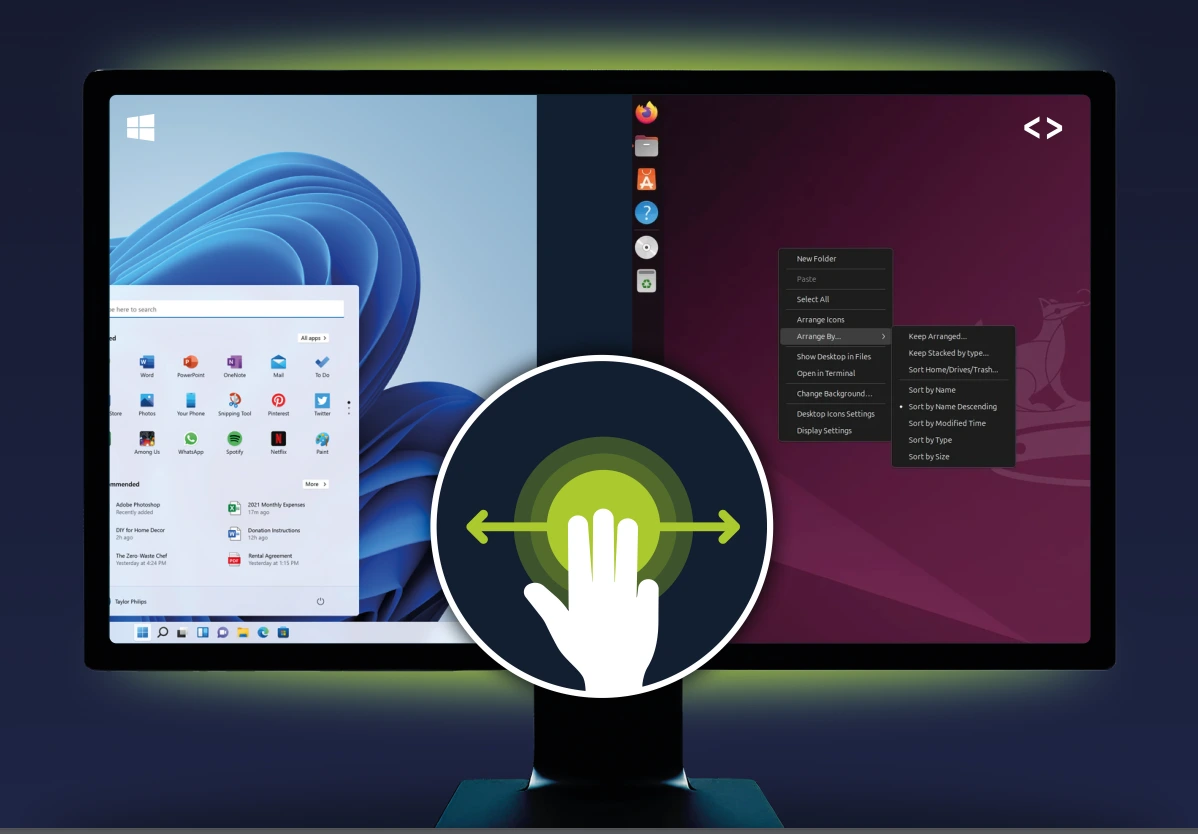Choosing between VDI and DaaS is a common dilemma for CIOs and IT managers. Both models promise flexibility and (some kind of) security, but their limitations can weigh heavily on your projects. We help you understand their differences so you can identify the solution that best suits your business.
What’s the difference between DaaS and VDI?
(Virtual Desktop Infrastructure) installs virtual remote desktops in the company's data center. Each end user accesses their work environment through a virtual machine from any remotely connected device.
DaaS (Desktop as a Service) is based on a cloud service provided by a third-party provider such as Microsoft Azure, Amazon Workspaces, or VMware Horizon.
Security and compliance
VDI offers enhanced security and better access control for end users. However, poorly sized infrastructure or a local outage can impact all sessions and reduce productivity.
DaaS simplifies update management and disaster recovery. However, the company must trust the cloud provider to protect its sensitive data and meet regulatory requirements.
Data location and management
With VDI, data remains in the company's internal data center.
DaaS, on the other hand, relies on the provider's public or private cloud, which changes management and compliance requirements.
Business model and hidden costs
VDI requires a high initial investment in local infrastructure (CapEx).
DaaS operates on an Opex subscription basis but can generate hidden costs related to bandwidth or cloud storage.
User experience and performance
VDI may offer a somehow satisfying experience if the local infrastructure is properly sized.
DaaS, on the other hand, depends on the internet connection and can introduce latency for end users.
VDI: Pros and Cons
VDI enables companies to maintain control over their IT infrastructure and sensitive data. IT teams provide centralized management, security, and customization of virtual work environments as needed.
On the other hand, it requires significant internal resources and a high initial investment in hardware, software, and an internal data center. Implementation and daily maintenance require time**, IT experts**, and high CapEx costs.
DaaS: Pros and Cons
The company delegates the centralized management of virtual desktops, updates, and enhanced security to the service provider. This model significantly reduces the CapEx expenses associated with local deployment and transforms costs into a subscription.
On the other hand, it creates a strong dependence on internet connection and bandwidth.
Is VDI better than DaaS?
These traditional models quickly reach their limits: hidden costs, technical complexity, or dependence on external providers. While they may be suitable for some companies, others are looking for innovative hybrid technology, conciliating the best of both worlds.
Does it sound too good to be true? Let us show you we do it



